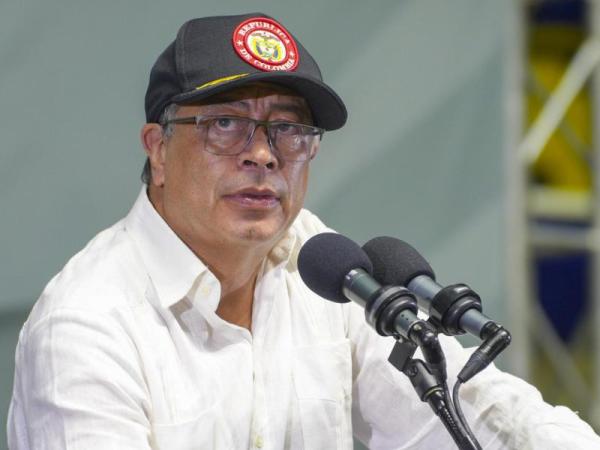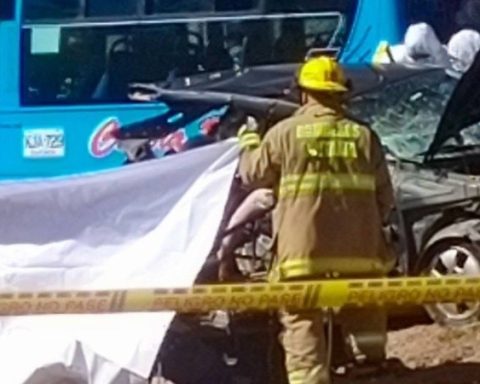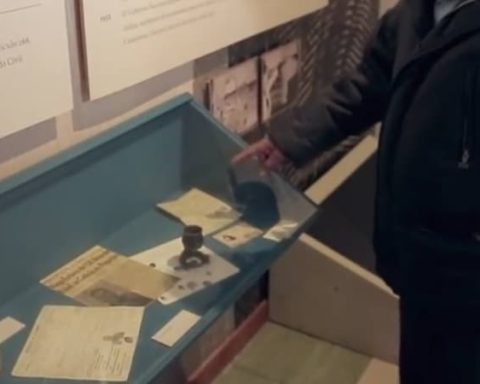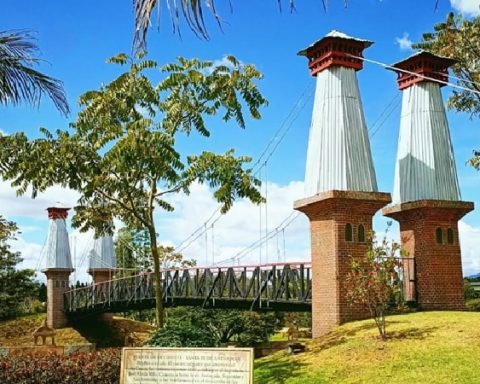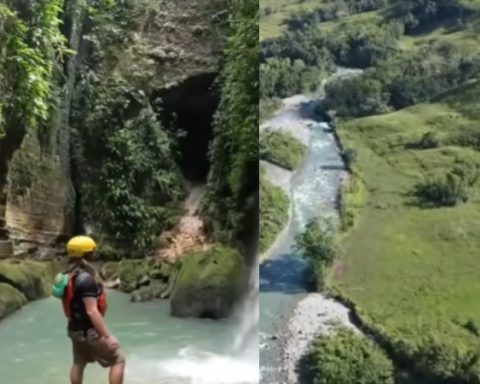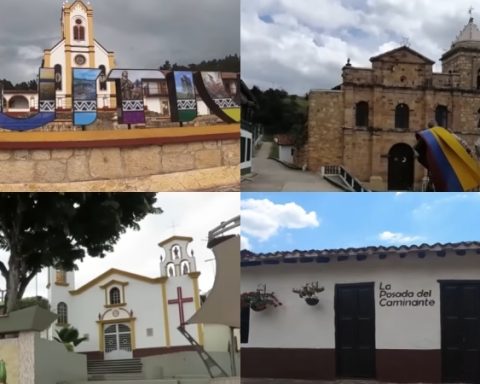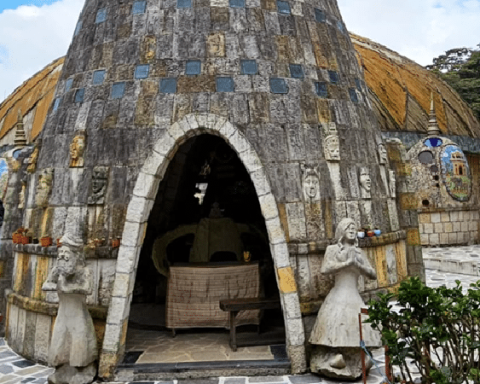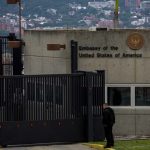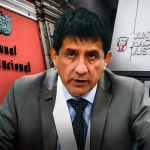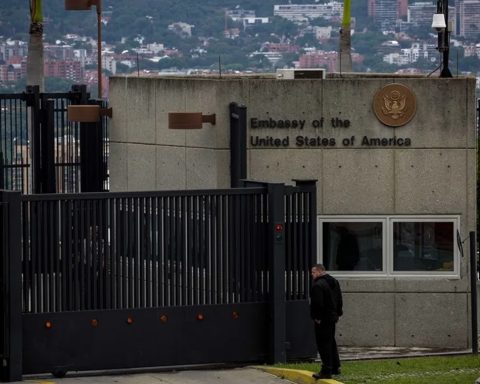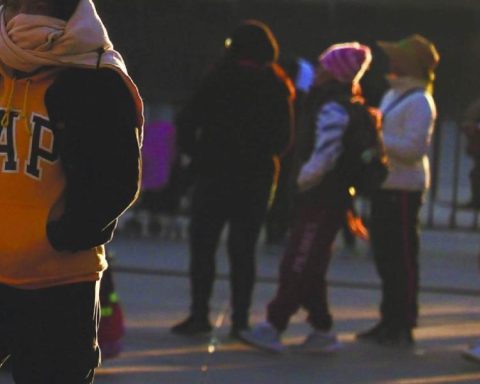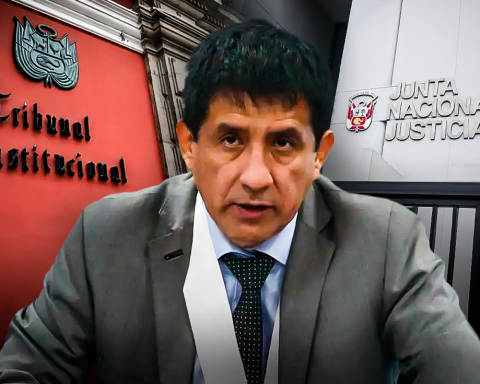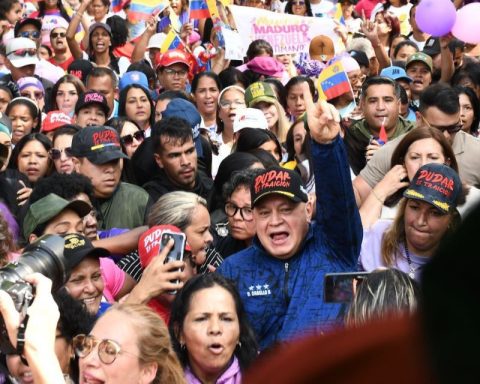The arrival of Gustavo Petro to power returned to forgotten Colombia the hope of peace that was not fully forged with the 2016 agreement, but halfway through his term the search for peace “total peace” with all the armed groups are going through their worst moment and the conflict is intensifying in many regions.
(See here: Government begins cycle of talks with dairy and rice sectors)
Petro once again promoted peace after four years of the Government of Iván Duque, which implemented it halfway, causing the fragmentation of the conflict and armed groups They will remain with territories left by the FARC and which should have been occupied by the State.
According to Luis Fernando Trejos, professor at the University of the North (Barranquilla), Petro’s policies have achieved a “decrease in homicidal violence” by negotiating truces with criminal gangs in three key cities: Buenaventura, Quibdo and Medellin.
But Petro reaches the halfway point of his mandate without having been able to convince the National Liberation Army (ELN) guerrillas to renew the longest bilateral ceasefire in the country, which ended on August 3, and with negotiations with the Central General Staff (EMC) of the FARC dissidents who seemed symbolic after the withdrawal of more than half of that group from the dialogue.
(Read here: What changes does Gustavo Petro propose for the national emblem?)
“The ceasefire should promote humanitarian relief or the reduction of humanitarian impacts, but in many territories the opposite occurred” because armed groups have dedicated themselves to “concentrating all their criminal capabilities on fighting other armed groups” and attacking communities, Trejos explains to EFE.
In the two years of Petro’s government, according to the count of the Indepaz foundation, There have been 352 leaders killed and 168 massacres with 559 dead. In the first half of Duque’s presidency, 469 social leaders were murdered and there were 110 massacres with 447 deaths.
“Total peace does not have a technical document that guides policy, so we do not know what its objectives are nor are there indicators that can help us measure success or failure,” Trejos adds, and that “generates a perception of improvisation.”
Peace talks
EFE
Unruly negotiation
The most advanced negotiation is that of the ELN, but there has been no dialogue since January, and although the parties reached the first agreement on the agenda, on the participation of society, Negotiations are frozen by the guerrillas.
“Never before has a government made such progress against this guerrilla group, there has never been a ceasefire that lasted a year, neither with the ELN nor with any other armed group,” Senator Iván Cepeda, a member of the government’s negotiating delegation, stressed to EFE.
(Continue here: What is known about the alleged plan to attack Petro, according to Mindefensa)
The ELN criticizes the Government for insisting on a regional dialogue with the Comuneros of the South, group from the department of Nariño (on the border with Ecuador), which supposedly belonged to that guerrilla group.
The parties know that Petro’s successes in terms of peace depend largely on the ELN and that is why the Government seems to have wanted “grab the lowest mango on the tree” Trejos says, indicating that nothing concrete is likely to be achieved before the president’s term ends, so he prefers to look for smaller, more local agreements.
Without a ceasefire, Trejos sees it difficult to get the situation back on track because “The dynamics of the negotiations have been that the ELN controls the timing, the agenda and the issues that are handled in each cycle, and the Government has tried belatedly to retake the initiative.”
The dissidence of dissidence
With the FARC dissidents things are not going well either. The dialogue with the EMC, made up of about 4,500 men, broke into two a few months ago and the Government is currently only negotiating with 40% of this dissidence.
With the other part, commanded by aliases ‘Ivan Bite’, which insists on attacking the public forces and the civilian population in Cauca (southwest), the Government has opted for force.
The last negotiation installed is with the Second Marquetalia, minority group led by ‘Ivan Marquez’, who was chief negotiator for the FARC, and who is allied with the Border Commands that control much of the border with Ecuador.
Added to this are almost zero steps with the Gulf Clan or Gaitanista Army of Colombia (EGC), the largest criminal group in the country.
With this outlook, the country looks to 2026 with three open negotiations and elections that will be “a plebiscite for peace.”
“This could have political repercussions in 2026, because if total peace fails or goes badly, it will be capitalised electorally by right-wing sectors that make offers of security,” Trejos predicts.
EFE
